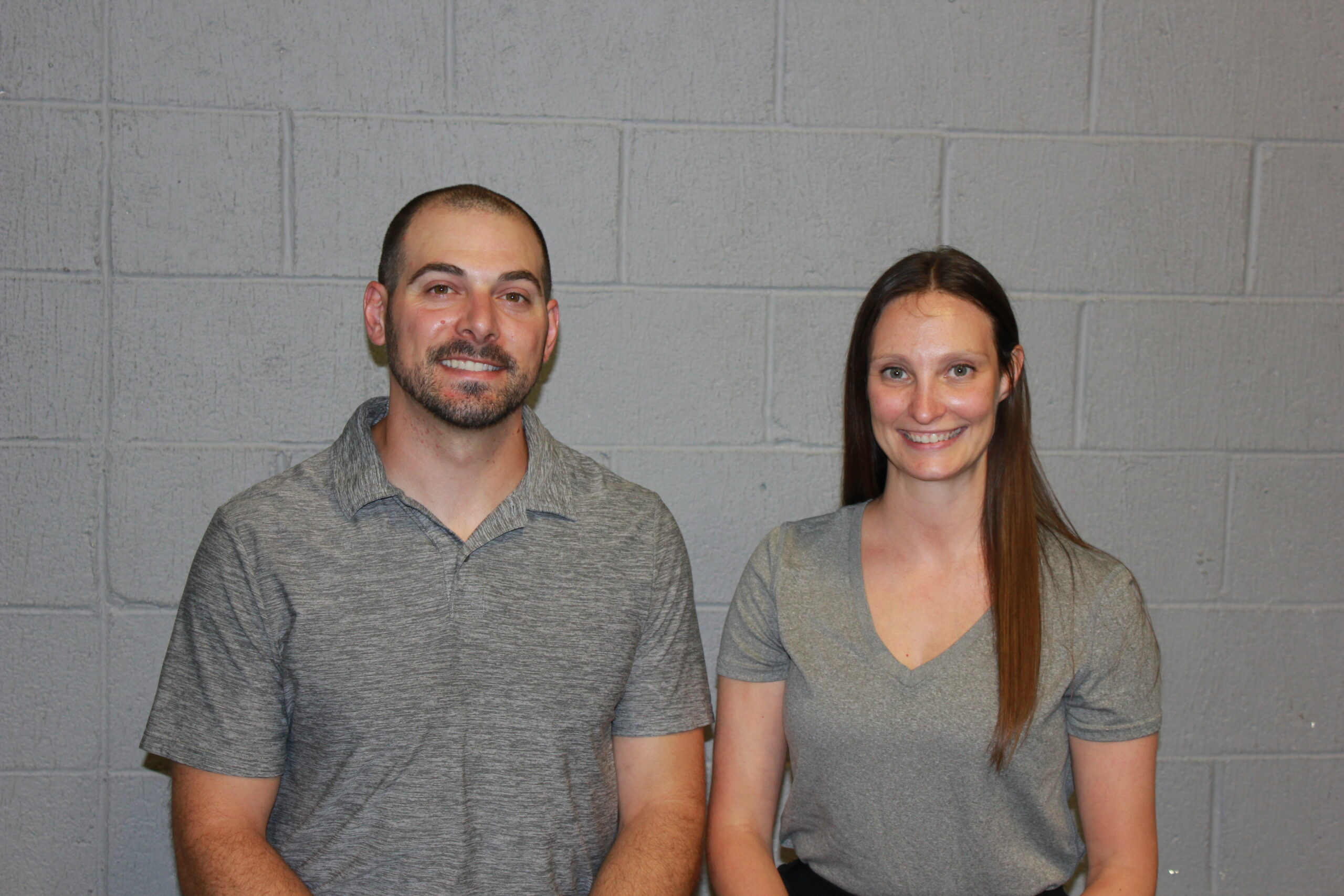Experiencing hip pain can disrupt everyday activities like standing, sitting, walking, and even sleeping, significantly diminishing your quality of life. However, there’s good news: physical therapy offers a beacon of hope. This article explores effective physical therapy solutions that can ease your hip pain and enhance mobility.
Understanding the Common Causes of Hip Pain
Hip pain can stem from a variety of factors affecting the skeletal, muscular, and nervous systems. Conditions such as bursitis, tendonitis, labral tears, arthritis, fractures, and sciatica are among the common culprits. Here’s a brief overview of these conditions:
- Bursitis: Inflammation of the bursae, small fluid-filled sacs that cushion your joints, often caused by repetitive movements or prolonged pressure.
- Tendonitis: Inflammation or irritation of the tendons, frequently resulting from repetitive strain or acute injuries. Common types include IT band syndrome (ITBS) and gluteal tendonitis.
- Labral Tears: These can occur from trauma, repetitive motion, or degenerative changes, leading to pain, stiffness, and a locking sensation in the hip joint.
- Arthritis: Specifically osteoarthritis, where the degradation of joint cartilage causes pain and limited mobility.
- Hip Fractures: Typically resulting from falls or trauma, these require immediate medical intervention.
- Sciatica: Characterized by pain that radiates along the sciatic nerve from the lower back to the legs, often accompanied by numbness and weakness.
Additional causes include muscle strains, hip dysplasia, sacroiliac joint dysfunction, and referred pain from lower back or pelvic conditions.
Identifying the Root of Your Hip Pain
To effectively address hip pain, it’s crucial to pinpoint its underlying cause. If you’re experiencing persistent or severe discomfort, seek a professional evaluation for a tailored treatment plan.
Preventing Hip Pain Incorporating preventive measures into your daily routine can significantly reduce the risk of hip pain:
- Maintain Proper Posture: Good posture helps prevent strain on your hips and other joints. Ensure proper alignment by engaging your core muscles to support your spine and hips.
- Make Ergonomic Adjustments: Optimize your workspace for ergonomics to support correct posture and minimize hip strain. This includes using an ergonomic chair and positioning your computer monitor at eye level.
How Physical Therapy Can Help
Physical therapy addresses musculoskeletal issues to relieve pain, enhance mobility, and improve strength and flexibility. Therapists assess and diagnose the cause of hip pain, developing personalized treatment plans that focus on pain relief, improving range of motion, and correcting movement patterns.
Evidence-Based Treatments for Hip Pain
Physical therapy incorporates a range of proven techniques to effectively address and manage hip pain. Here are some key treatments backed by evidence that have shown significant benefits in treating hip discomfort:
- Manual Therapy: This technique involves hands-on manipulation and mobilization of the musculoskeletal system by a trained physical therapist. Research has shown that manual therapy can help reduce pain, improve range of motion, and enhance joint function in patients with hip osteoarthritis and other hip-related conditions.
- Therapeutic Exercises: Customized exercise programs designed by physical therapists play a crucial role in strengthening the muscles around the hip joint, improving flexibility, and reducing pain. Exercises may include stretching routines, strength training, and aerobic conditioning, all tailored to the patient’s specific needs. Studies consistently demonstrate that patients with hip pain who engage in a structured exercise regimen experience marked improvements in mobility and a decrease in pain levels.
- Joint Manipulation: This treatment involves applying a controlled force to the hip joint to improve movement and reduce pain. Joint manipulation has been found to be effective in increasing range of motion and decreasing pain, particularly in patients with hip mobility restrictions.
- Sports Therapy: For athletes and physically active individuals, sports therapy is tailored to address and prevent injuries associated with sports and exercise. This treatment focuses on recovery, rehabilitation, and performance enhancement, which are essential for a swift return to sport and daily activities without pain.
- Education and Lifestyle Changes: Educating patients about the mechanics of their hip pain and lifestyle modifications plays a fundamental role in treatment. This may include advice on weight management to reduce stress on the hip, dietary recommendations to decrease inflammation, and strategies to avoid activities that exacerbate hip pain.
Complementary Treatments
In addition to core physical therapy techniques, complementary treatments such as ultrasound therapy and aquatic therapy may be used. Ultrasound therapy uses sound waves to deliver deep heat to soft tissues and joints, which can help reduce pain and inflammation. Aquatic therapy, performed in a pool, is especially beneficial for hip pain relief because the buoyancy of water reduces stress on hip joints, allowing for easier movement and exercise.
Choose Gear Up Physical Therapy for Comprehensive Hip Pain Management
At Gear Up Physical Therapy, we are committed to employing evidence-based practices to ensure you receive the most effective care for your hip pain. Our team is dedicated to creating a personalized treatment plan that aligns with your unique health needs and recovery goals.
Schedule your appointment with Gear Up Physical Therapy today and start your journey toward a healthier, more active life without hip pain.



